Moisturizing the eye area is absolutely essential. But it’s not absolutely necessary to moisturize it with an eye cream. Of course, it is nice to have an eye cream that treats targeted concerns, but you can use a regular face moisturizer if you’re on a budget, it doesn’t irritate your eyes, and you don’t have specific eye concerns, like dark circles, puffiness, and fine lines.
The important thing is to have a product — whether it is an eye cream or face moisturizer — that is hydrating and emollient. Meaning, it will hold onto water and deliver some lipids that nourish the thin skin in that area.
Too often, the skin around the eyes dries out after a few hours of application. The ideal cream should keep your eye area moisturized throughout the day or overnight.
What You Need to Keep the Eye Area Moisturized
The skin around the eyes is thin – the thinnest on the whole body, almost 10 times thinner than other parts of the body. Also, there are few sebaceous (oil) glands around the eyes. So it gets dry easily (through water evaporation and low sebum).
Dry and dehydrated skin wrinkles more easily. So it is crucial you keep the eye area moisturized at all times. Don’t allow the skin to get ‘papery’ or dry.
Also, rubbing your eyes, squinting, blinking, and removing stubborn eye makeup create mechanical stress on the delicate eye tissue.
The way to keep eyes moisturized is:
1) first hydrate the skin with humectants – via a hydrating toner or serum
2) then supply the skin with emollient ingredients (lipids) – via an eye cream or moisturizer
You should also re-apply cream if the skin gets dry during the day.
You Don’t Absolutely Need to Buy A Separate Eye Cream Unless..
Many eye creams address specific concerns, such as dark circles, puffy eyes, sagging, fine lines, and wrinkles. If you don’t have those concerns and you need to be careful with your budget, then a face cream is perfectly fine. Eye creams are expensive, and they’re almost always priced higher than face moisturizers on a per ounce basis.
However, they do offer a distinct benefit – they are formulated to be non-irritating to the eyes. If you are using a regular face cream that does not irritate your eyes, you have nothing to worry about. If it does, then consider getting an eye cream.
Additionally, eye creams are formulated with a higher level of emollients and lower level of humectants. So they are more moisturizing and tend to be thicker than face creams.
If you have begun showing the signs of aging around your eyes, then an eye cream will help. But it’s important to choose one that is designed to fight aging (i.e. it has effective anti-aging ingredients). There are many eye creams that don’t do that and only provide moisture.
The Best Eye Cream Is The One That Keeps Your Skin Moist
Remember, it doesn’t matter what you use as long as the product doesn’t let your skin get dry. This is a simple and straightforward strategy that is often overlooked.
You don’t need a big budget to moisturize your eyes effectively. What’s better? An inexpensive, basic cream that keeps your skin moisturized a long time, or an expensive, fancy cream that leaves your skin dry after a few hours?
This is a no brainer. Pick the one that keeps your skin moisturized. It’s the best way to delay fine lines and wrinkles (besides sunscreen). There are thousands of creams out there. Find one that you like and works for you.
How to Apply Eye Cream for Optimal Results
First, apply a hydrating toner to the eye area (this post explains how to hydrate skin with a toner.) This step preps the skin, allowing more eye cream to be absorbed.
Working with one eye at a time..
- Take a small amount of cream (a rice kernel-sized amount should be enough), preferably using a spatula to scoop it up from a jar. Even better if your eye cream comes packaged in a pump dispenser or tube, and all you have to do squeeze it out.
- If the cream is thick, rub it between two fingers first. This will warm and loosen the cream, making it easier to slide over skin.
- With one finger, apply a small dab of eye cream slightly above the orbital bone. The orbital bone is the bone below your eyes that goes from the nose out to the cheeks. If you touch your bone, you’ll notice there is some space between the bone and your eye. This is the area where your eye cream will migrate.
- Swipe sideways quickly and gently to spread the cream lightly over the skin. Go back to where you started and press your finger down gently. Hold 1-2 seconds. The idea is to press cream into skin.
- You can rub a little bit if the cream is not spreading. For example, for a cream that has the consistency of a balm (very thick and solid), rub the cream between two fingers first for a couple seconds. This will warm up the cream and make it spread more easily when it’s on skin.
- Some professionals recommend using the ring finger, which is the weakest finger, to apply the cream. The other fingers have more muscular power. I personally like to use my index or middle finger though. It’s just easier. And since I am mostly pressing and not swiping, I am not too worried.
- Now move to the adjacent area. Gently press again for 1-2 seconds. Repeat this gentle pressing motion while working your way around the eye.
- You can start from the inner corner of the eye, go around the bottom (under the eye), around the outer corner, up to the brow bone, and back to the inner eye. Like a circle. But the direction doesn’t matter if you are mostly pressing.
- If you prefer not to press and just rub the cream around the eyes, choose the direction where you see less movement of skin.I was taught in esthetics school to apply eye cream below the eye in this direction: from the outer to the inner corner of the eye. The rationale is that this is the direction of the muscle.However, I personally do not agree with this method. From my personal experience, both on my own skin and working on other people’s skin, going in the direction of the muscle actually pulls the skin MORE than going in the opposite direction. In other words, I find there is less skin movement when I move from the inner to outer eye.But the ideal direction varies with different types of skin and bone structure. The tighter and firmer your skin, the less important the direction. If your skin is loose and moves a lot, the direction of movement will matter more. Either direction you choose, be gentle.
- When you get to the upper lid, apply cream to your brow bone and the crease. You can apply a little bit on the eyelid itself, just go light. Eye cream travels, so you do not need to put too much on the lid. In fact, too much eye cream can cause puffy eyes the next day.
- If you need more cream before you’re finished, scoop or pump out a little more. With experience, you’ll get an idea of how much product you need to last for one eye.
- If you have leftover cream on your fingertip, just wipe the excess somewhere on your face that is dry. Or your neck.
- If you suffer from puffy eyes, tired eyes, or bags, try this. Gently tap below your eyes with several fingers, as if you were lightly drumming. Go from the inner eye to the outer eye. The pressure increases circulation and stimulates lymph drainage.
[Lymph is the fluid that carries away toxins. It can accumulate in the under eye area.]
If you wear foundation or BB cream, wait about 2 minutes for the eye cream to absorb before you apply it. Waiting will allow your foundation to spread evenly and not smear.
Advantages of Pressing
Pressing increases penetration of the cream into skin. Cream spreads easily around the eyes, so whatever you press will migrate into the surrounding area. (This is why you don’t need to go crazy with the amount.)
Pressing is much more gentle than a gliding or rubbing motion, which can wrinkle the delicate skin around the eyes. [Have you noticed how easily the skin around the eyes ‘travels’?]
Pressing saves product – you end up needing to use less.
What NOT to Do
- Don’t apply too much cream. The eye area can’t handle too much lipid. You can end up with puffy eyes the next morning if you apply too much. Or milia (tiny white bumps).
- Don’t apply cream right next to the lash line. It can irritate your eyes.
- Don’t tug or pull the skin, or rub cream in circles. Repeated pulling or rubbing motions will loosen the skin.
What Do I Use?
I use many different products, but one of my favorite eye creams – a standby in my cabinet – is Shiseido’s Benefiance WrinkleResist 24 Eye Contour Cream. This cream is rich and nourishing, and works well for many people.
It doesn’t have cutting edge anti-aging ingredients, but it does provide and seal in moisture for a long time. If I use this cream, I feed my eyes with anti-aging ingredients via a serum beforehand.
It may be hard to see in the picture, but this is the kind of cream that you should PRESS in. It is quite thick, rich, and a tad sticky (which I like because it minimizes water loss).
The spatula pictured comes with the cream. Using a spatula keeps the cream from being contaminated. If you don’t have one, you can improvise with a popsicle stick or Q-tip.
Related Posts:

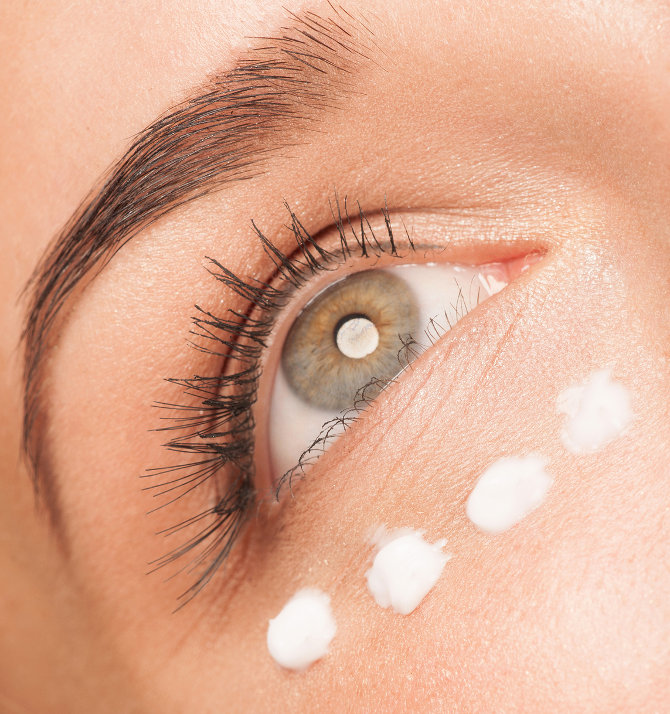
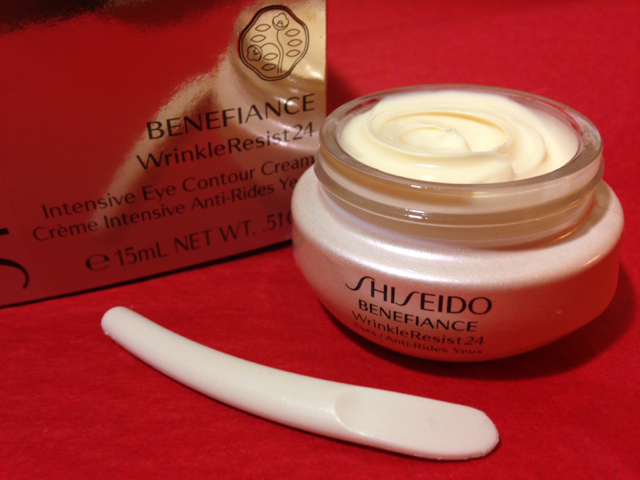


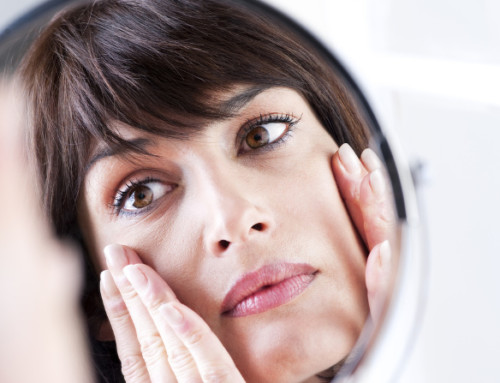

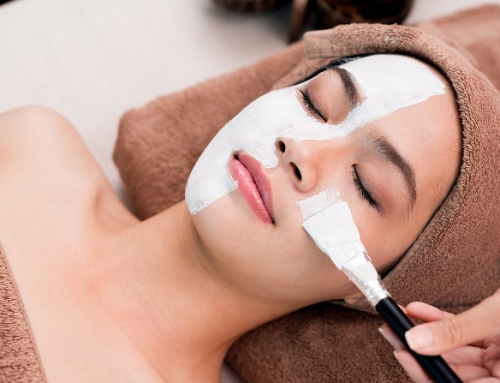

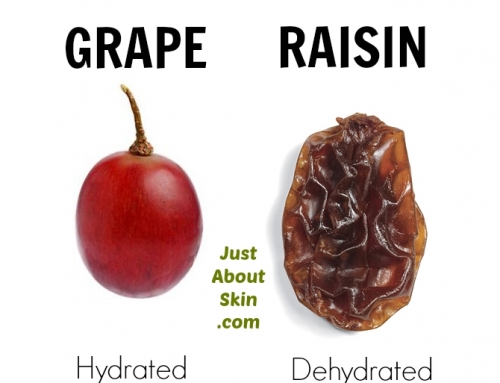

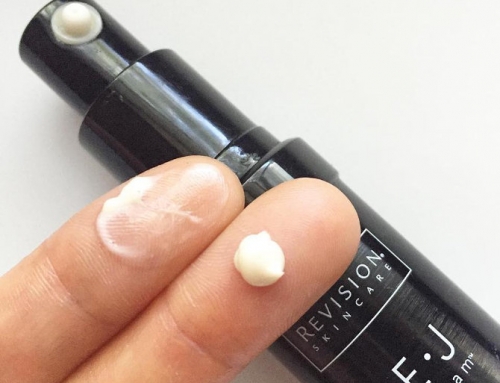
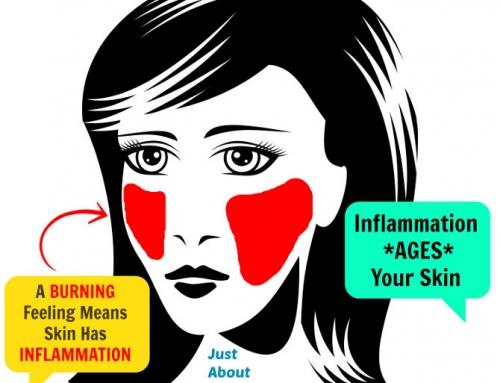
Do you find that this shiseido cream helps with dark circles? I have heard great things about shiseido.
This cream does not particularly target dark circles. It is a very good basic eye cream for providing long-lasting moisture.